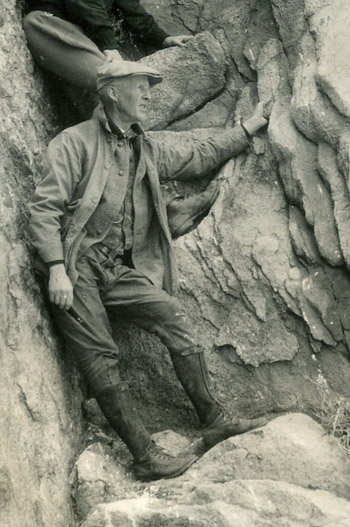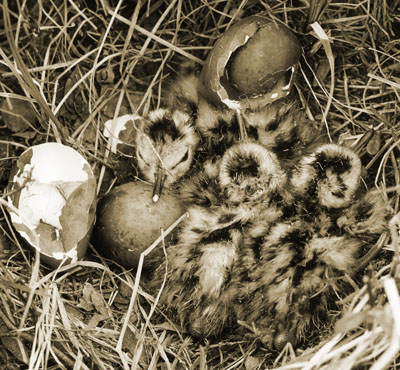Kathleen (Betty) Anderson Papers
Born June 15, 1923, Kathleen “Betty” Anderson was an influential self-taught ornithologist and conservationist. While she was born in Montana, Anderson spent most of her life in southeastern Massachusetts, most notably at Wolf Trap Hill Farm in Middleborough, where Anderson kept extensive notes on wildlife sightings in a series of diaries that span decades. Anderson’s professional career as an ornithologist began in the 1950s when she worked for the U.S. Public Health Service after an outbreak of equine encephalitis. In the 1960s, Anderson established an Operation Recovery banding station on Duxbury Beach, as well as what is now Manomet, Inc., where she served as the founding director from 1969-1983. She served as a charter member and Chair of MassWildlife’s Natural Heritage and Endangered Species Advisory Committee, as well as being President of the Trustees of the Wildlands Trust.
Among Anderson’s numerous awards and accolades, she received the Cornell Laboratory of Ornithology Arthur A. Allen Award; the Francis Sargent Award from the Massachusetts Fisheries and Wildlife Board; the Allen Morgan Award for Lifetime Achievement from Mass Audubon; and she was one of the first women to be elected to membership in the Nuttall Ornithological Club, serving as president in 1987.
Anderson passed away on August 24, 2018 at the age of 95.
The Kathleen “Betty” Anderson Papers consist almost entirely of her Daily Reminder diaries from 1968-2015, with a couple of missing years. Using these diaries, Anderson kept detailed notes observing wildlife and environmental conditions at Wolf Trap Hill Farm. These diaries provide not only her research notes and findings, but also Anderson’s daily activities. Included, often loose at the front and back of the books, or between pages, are newspaper clippings, postcards, the occasional leaf or bird feather, and other ephemera. Alongside the diaries, there is a notebook with notes about various plant species and a notebook with butterfly sightings and notes.



